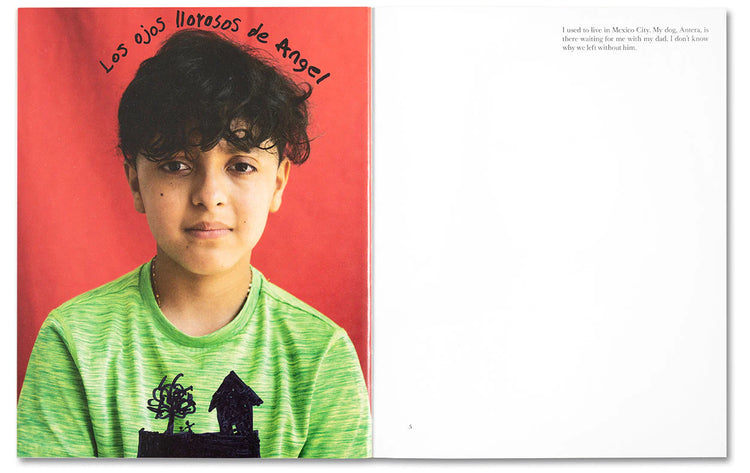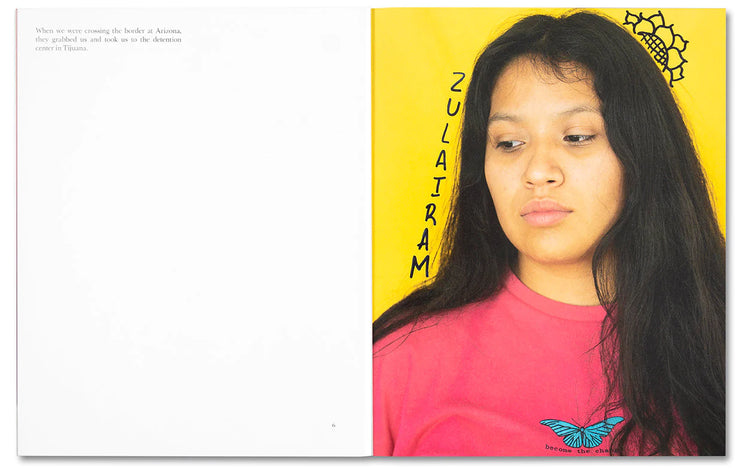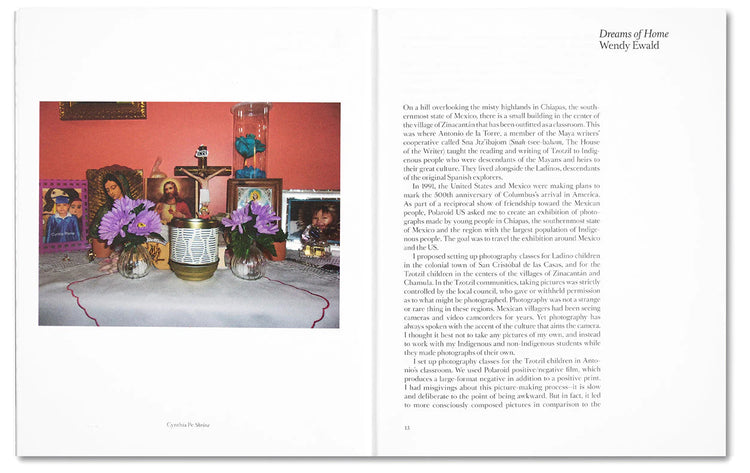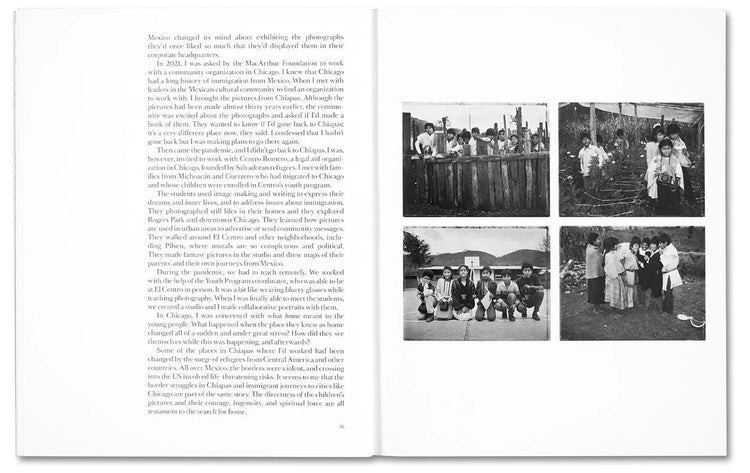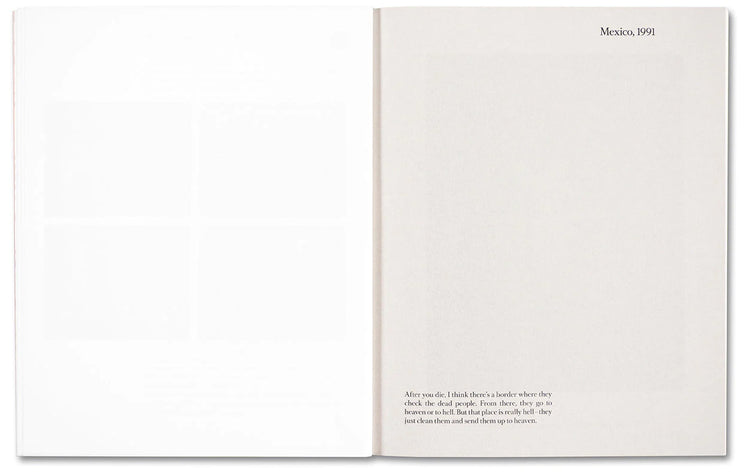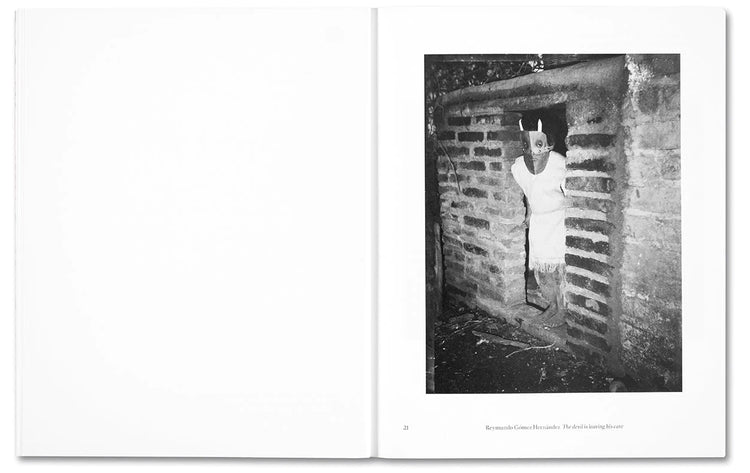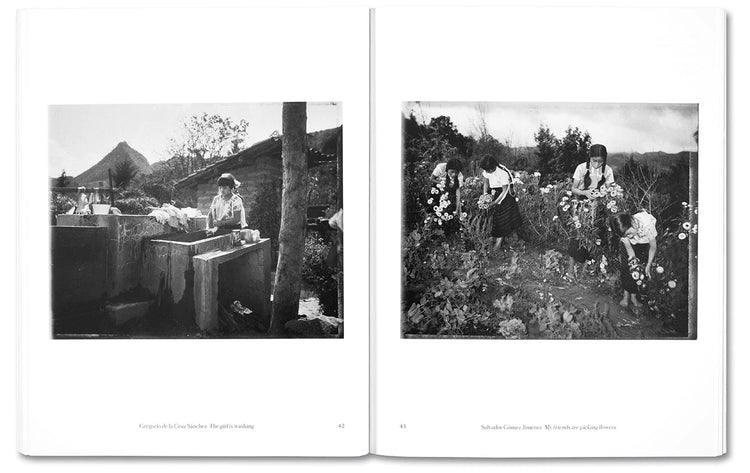
The Devil is Leaving His Cave, Wendy Ewald
Description
More
Less
In 1991, Wendy Ewald was invited to conduct photography classes for Maya, Ladino, and Tzotzil children living in Chiapas, the southernmost province of Mexico. The sponsoring organization was the Maya writers’ cooperative, Sna Jtz-ibajom (The House of the Writers). While cameras and camcorders were hardly novelties in Chiapas, they were generally used by tourists whose picture-taking reinforced their own cultural biases. Ewald did not take pictures; instead she guided her students in taking their own pictures of their daily lives, dreams, desires, and fantasies. These briefs resonated with the importances held by dreams in Maya culture, which considers them as real as waking life. The resulting project, 'The Devil is Leaving His Cave', is a unique insight into the everyday realities of life in Maya communities just before the Zapatista uprising.
This book brings together Ewald’s original project with new work made in collaboration with fifteen young Mexican Americans living in Chicago, coordinated with the help of Centro Romero, an immigrant service organisation. These images respond to many of the same subjects as those by Ewald’s 1990s students, with an emphasis now on capturing inner lives and dreams as a way of reckoning with the unvoiced experiences of immigration. The themes of restriction and self-reflection that emerged from this new work were intensified by being made in part under COVID lockdown. Together, the Chiapas and Chicago projects trace the differences between growing up in different Mexican geographies with diverse histories, while reflecting on to the joys and sorrows of childhood.
Description
In 1991, Wendy Ewald was invited to conduct photography classes for Maya, Ladino, and Tzotzil children living in Chiapas, the southernmost province of Mexico. The sponsoring organization was the Maya writers’ cooperative, Sna Jtz-ibajom (The House of the Writers). While cameras and camcorders were hardly novelties in Chiapas, they were generally used by tourists whose picture-taking reinforced their own cultural biases. Ewald did not take pictures; instead she guided her students in taking their own pictures of their daily lives, dreams, desires, and fantasies. These briefs resonated with the importances held by dreams in Maya culture, which considers them as real as waking life. The resulting project, 'The Devil is Leaving His Cave', is a unique insight into the everyday realities of life in Maya communities just before the Zapatista uprising.
This book brings together Ewald’s original project with new work made in collaboration with fifteen young Mexican Americans living in Chicago, coordinated with the help of Centro Romero, an immigrant service organisation. These images respond to many of the same subjects as those by Ewald’s 1990s students, with an emphasis now on capturing inner lives and dreams as a way of reckoning with the unvoiced experiences of immigration. The themes of restriction and self-reflection that emerged from this new work were intensified by being made in part under COVID lockdown. Together, the Chiapas and Chicago projects trace the differences between growing up in different Mexican geographies with diverse histories, while reflecting on to the joys and sorrows of childhood.
You May Also Like






























